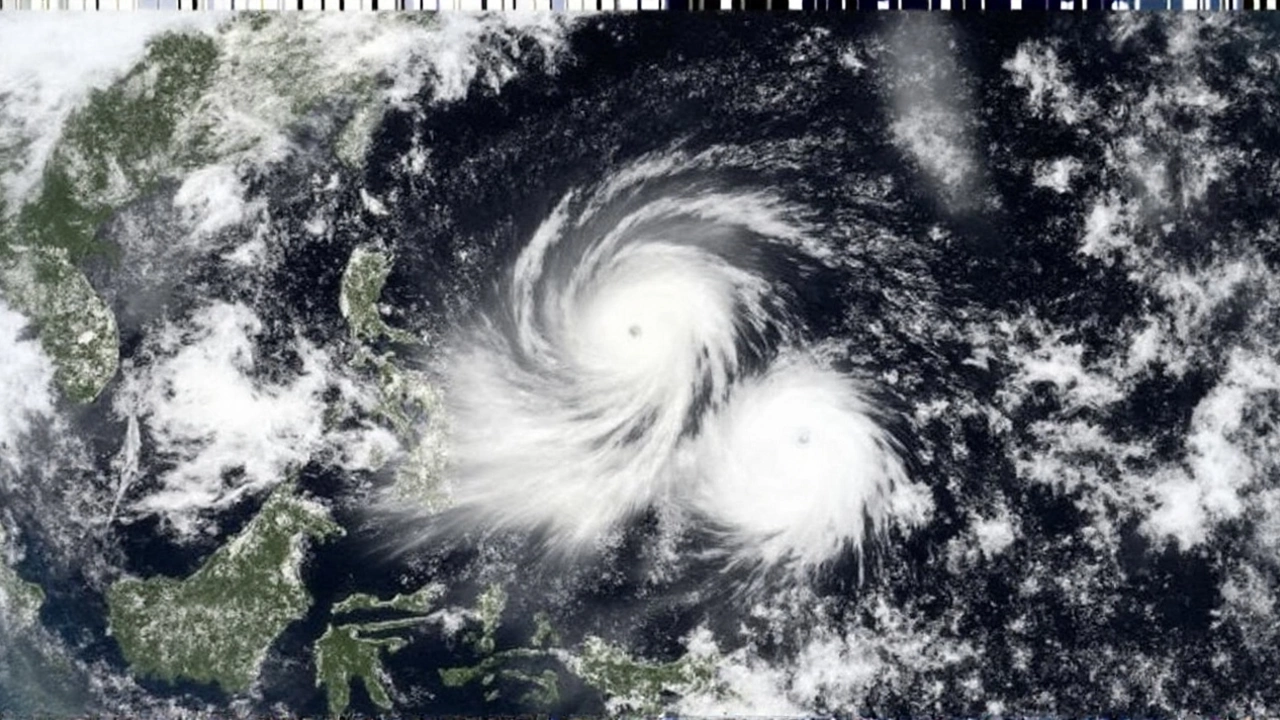Storm Surge Explained: Real Risks and Easy Prep
Did you know a storm surge can push water several feet above normal tide levels in minutes? It’s the hidden danger behind many hurricane headlines, and it doesn’t wait for a perfect storm. If you live near the coast, knowing the basics can stop a small inconvenience from turning into a disaster.
Unlike regular rain‑driven flooding, a storm surge is driven by strong winds and low pressure that literally shove the ocean onto land. When the surge meets a high tide, water levels can skyrocket, soaking homes, roads, and power lines. The damage isn’t just the water itself – the force can rip roofs off and carry debris far inland.
How Storm Surge Forms
Think of a hurricane as a giant wind machine. As the storm circles, wind pushes water toward the shore, piling it up like a wall. At the same time, the storm’s low pressure lifts the sea surface, making the water level rise even more. The shape of the coastline matters: narrow bays or shallow shelves can amplify the surge, while steep cliffs might deflect it.
Timing matters too. If the surge hits during high tide, the water can surge up to 10‑15 feet in extreme cases. That’s why forecast alerts always mention tide times – they’re giving you a clue about how bad it could get.
What to Do When It Hits
First, listen to local warnings. If a county issues an evacuation order, take it seriously. A quick exit is safer than trying to ride out the water in a low‑lying area.
If you can’t leave, move to higher ground. Even a few steps up a sturdy stairwell can buy you time. Gather essential items – water, meds, flashlight, some cash – and keep them in a waterproof bag. Turn off electricity if you have time; water and live wires are a deadly combo.
After the surge, stay away from flooded roads until officials say it’s clear. Water can hide sinkholes, downed wires, or contaminated debris. Check your home for structural damage before re‑entering – look for warped walls, cracked foundations, or warped doors.
Preparing ahead of time makes a huge difference. Elevate appliances, install flood‑resistant vents, and seal cracks in your foundation. Having a family plan that lists meeting spots and emergency contacts can reduce panic when the water rolls in.
Storm surge isn’t a rare event, but it’s something you can plan for. By understanding how it builds and acting fast when alerts appear, you protect your family and keep your property from turning into a mess of water and debris.

Super Typhoon 101: What It Is and How to Get Ready
A super typhoon is the most powerful tropical cyclone, with wind speeds topping 150 mph. This piece explains how these monsters form, why agencies disagree on the exact definition, and what practical steps anyone in their path can take to stay safe. It also covers the extra threats of storm surge, flooding and tornadoes, and highlights the seasonal window when they’re most likely to strike.
Weather & Climate



